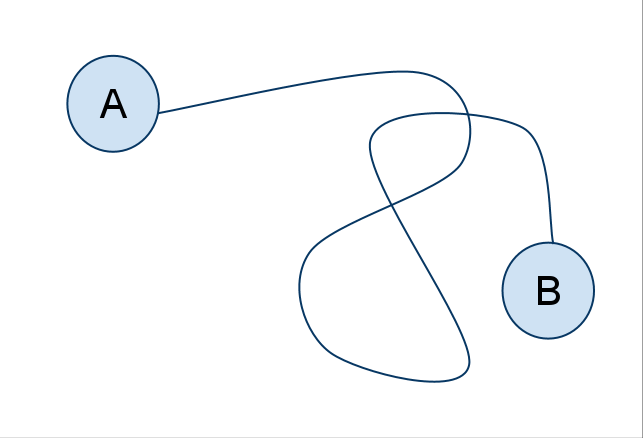We have been having a lot of discussion on #edchat and in the educational blogosphere about the state of education. We basically have two camps, one of which believes that what we need is more accountability and assessment of students. We’ll call that camp A. The other camp believes we need a model which includes more personalized instruction, a focus on skills more than content, and that we need to use of real world tools in education. We’ll call that camp B. You might be somewhere between camp A and camp B, but most people I’ve heard give an opinion are either in A or B.

The problem is, I don’t see many people talking about how you get from camp A to camp B. We need to talk more about the route between what we are doing and what we would like to see. You can get people to agree with your vision, but unless you give them some idea on how to get there, they aren’t going to follow you.



